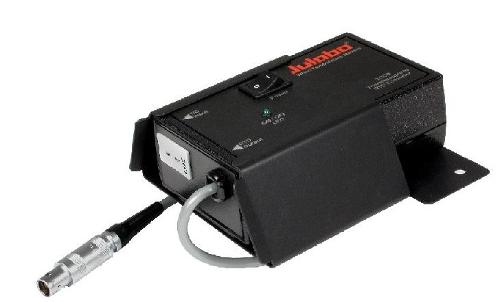The definition of China's national standard (GB7665-2005) is: "A device or device that can be measured and converted into an available output signal according to a certain law." As an important means of information acquisition, sensors together with communication technology and computer technology constitute the three pillars of information technology.

The following are mainly for the following seven sensors.
Sensor 1: Physical sensor
Physical sensor
A physical sensor is a sensor that detects physical quantities. It is a device that uses certain physical effects to convert the measured physical quantity into a signal in the form of energy that is easy to process. The signal it outputs has a definite relationship with the input signal.
"Main Physical Sensors"
Photoelectric sensors, piezoelectric sensors, piezoresistive sensors, electromagnetic sensors, thermoelectric sensors, optical fiber sensors, etc.
"Classification method of physical sensors"
Classified according to their use
Pressure sensitive force sensor, position sensor, liquid level sensor, energy sensor, acceleration sensor, radiation sensor, thermal sensor, 24 GHz radar sensor.
Classified according to its principle
Vibration sensor, humidity sensor, magnetic sensor, gas sensor, vacuum sensor, biosensor, etc.
Classified according to its output signal
Analog Sensor - Converts the measured non-electrical quantities into analog electrical signals.
Digital Sensor - Converts the measured non-electrical quantities into digital output signals (both direct and indirect).
Switch Sensor - When a measured signal reaches a certain threshold, the sensor outputs a set low or high signal accordingly.
According to its material classification
Under the influence of external factors, all materials will have a corresponding and characteristic response. The materials that are most sensitive to external influences, that is, those with functional properties, are used to make sensitive components of the sensor. Sensors can be divided into the following categories from the point of view of the applied materials:
(1) According to the type of materials used: metal polymer, ceramic mixture
(2) According to the physical properties of the material: conductor insulator, semiconductor magnetic material (3) according to the crystal structure of the material: single crystal, polycrystalline amorphous material
Sensor development work closely related to the adoption of new materials can be summarized into the following three directions:
(1) Explore new phenomena, effects, and reactions in known materials and then make them practical for use.
(2) Explore new materials and apply known phenomena, effects, and reactions to improve sensor technology.
(3) Explore new phenomena, new effects and reactions on the basis of researching new materials, and implement them in sensor technology.
Advances in modern sensor manufacturing depend on the development of new materials and sensitive components for sensor technology. The basic trend in sensor development is closely related to the application of semiconductors and dielectric materials.
Case
A commonly used photoelectric sensor. Such a sensor converts an optical signal into an electrical signal, which directly detects radiation information from an object, and can also convert other physical quantities into an optical signal. The principle of photoelectric sensors is the photoelectric effect: when light is irradiated onto a substance, the electrical effect on the substance changes, and the electrical effects here include electron emission, conductivity, and potential current. Obviously, devices that can easily produce such effects become the main components of photoelectric sensors, such as photoresistors.
In this way, we know that the main working process of the photoelectric sensor is to receive the corresponding light, convert the light energy into electrical energy through a device like a photoresistor, and then obtain the desired output through the amplification and denoising processing. electric signal. The output electrical signal here has a certain relationship with the original optical signal, usually a nearly linear relationship, so that the calculation of the original optical signal is not very complicated. The principles of other physical sensors can be analogized to photoelectric sensors.
The application range of physical sensors is very wide. We only look at the application of physical sensors from the perspective of biomedicine. It is not difficult to speculate that physical sensors have important applications in other aspects.
For example, blood pressure measurement is the most common type of medical measurement. Our usual blood pressure measurements are indirect measurements that measure the blood pressure in the vessel by measuring the relationship between blood flow and pressure measured by the body surface. The sensors needed to measure blood pressure usually include an elastic diaphragm that converts the pressure signal into a deformation of the diaphragm and then converts it into a corresponding electrical signal based on the strain or displacement of the diaphragm. At the peak of the electrical signal, we can detect the systolic pressure. After passing through the inverter and the peak detector, we can obtain the diastolic pressure of the shape of the sensor, and the average pressure can be obtained by the integrator.
There are also applications such as respiratory measurement technology, body surface temperature measurement, etc. that are inseparable from physical sensors.
As an important means of data acquisition, sensor measurement is an indispensable device for industrial production and even family life. Physical sensors are the most common sensor family. Flexible use of physical sensors will inevitably create more products and better benefits. .
Liquid Crystal Display For Clock
Dongguan Yijia Optoelectronics Co., Ltd. , https://www.everbestlcdlcm.com